How to Get Gerbera Daisies to Bloom Again
As a lover of flowers, I must admit that I cherish the idea of gardening. For when flowers are well-groomed, they bloom, and they rising to serve their natural aesthetic purpose.
For that reason, I decided to dig deep into my favorite garden bloom, gerbera daisy, a popular flower known for its crowned multicolored blooms. I believe that my findings on this particular plant will help you have better care of your gerbera daisy plants.
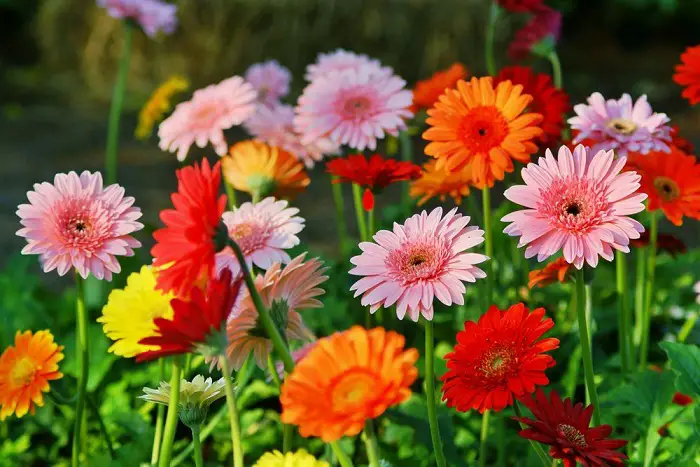
Suppose that you are a gerbera daisy enthusiast like me, the question is: what would you do to ensure that your flowers blossom?
Like all flowers, adept intendance ensures that they flourish, and there is no much difference with gerbera; for it, daisy thrives when planted in well-drained soil with mild climatic conditions.
Equally much equally we may believe that all flowers thrive under certain conditions that are ofttimes assumed to exist like, gerbera daisy, in its uniqueness, enjoys some exceptions. These delineations see gerbera daisy bloom strictly in temperate conditions, an exemption that is non a norm for most garden flowers.
Using Homemade Fertilizer for the Gerbera Daisy
Bootleg fertilizer for gardening can be as simple as using organic turn down hands available inside a dwelling house setup. Also, common commercial establish nutrients such equally nitrogen, phosphorus, and potassium can be bought separately and mixed at home in certain proportions to develop a proficient formula that would foster the growth of gerbera daisy.
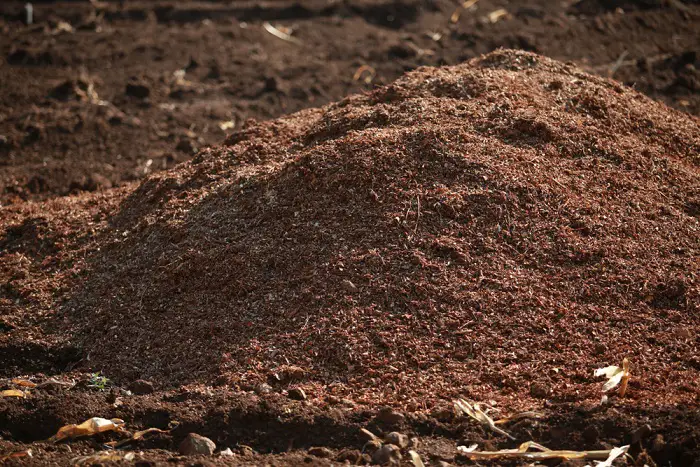
Adding compost mature to the soil in which these flowers are to be planted has many benefits, and it marks the first step I would have to ensure that gerbera daisy is well taken intendance of. With organic manure in the soil, there is increased activity of microorganisms.
These microorganisms churn and loosen up soil particles and, in the process, provide the much need aeration in the soil. Besides, compost mature is platonic for nourishing gerbera daisies due to its unmatched ability to retain moisture in the soil effectively.
While organic manure does a marvelous job in enabling gerbera daisy to thrive, commercial fertilizers, on the other mitt, have their precise applications. And and so, the second step that I would take to deliver an platonic homemade fertilizer is to purchase these commercial plant nutrients and then mix them based on the objectives that they are to serve one time in use.
Generally, nitrogen helps enrich institute foliage; phosphorus fosters the evolution of flowers and fruits, while potassium improves the stems and roots of plants.
For gerbera daisies, their blooms are as of import every bit their stalk and roots. With a prerequisite in mind, I and then mix the three nutrients in an equal apportionment of 12-12-12 to denote the nitrogen, phosphorus, and potassium formula that would work in equal measure to deliver gerbera evolution daisy flowers.
Typically, nitrogen is often apportioned a relatively higher proportion while dealing with other plants and flowers to enable them to have healthy foliage. All the same, for this purpose, I emphasize gerbera's large and crowned flowers and apportion an equal phosphorous ratio that would enable the flowers to flower faster.
How to Get Long Stems for the Gerbera Daisy
Customarily, healthy flowers boast long sturdy stems. Therefore, seeing to information technology that gerbera daisy has long, potent stems would be part of the larger goal of getting the best out of these flowers. The point here is to avoid stunted growth and seek to reduce the rate at which wilting occurs.
Naturally, the undertaking involves the regulation of moisture, temperature, and nutrients. So planting your gerbera daisies in well-moisturized soil, neither too dry nor too soggy, is the beginning step in ensuring that the growth of your flowers is unimpeded.
Moreover, making certain that the right temperature ranges that guarantee their growth is availed; is some other aspect toward providing the right conditions. Ideally, the temperature ranges for blooming gerbera daisy plants lie between 100C and 200C (500F and 800F).
Most important in this try is to ensure that the institute is supplied with the most favorable fertilizer formula that supports growth. The recommended nitrogen, phosphorus, and potassium mixture that I would employ to attain this long and strong stems for the institute is 24-eight-16. The formula favors nitrogen and potassium, leading to the development of potent, healthy plants. In improver to these steps is the process of deadheading.
Deadheading ensures that mature or wilting flowers are cut off to warrant the growth of more flowers. What follows after the deadheading process is that the stems of gerbera daisy will abound longer.
How to Deadhead Gerbera Daisy
Equally flower gardeners, we may empathize the idea behind the process of deadheading but do we really know how to get near it? To effectively handle the process, a abrupt knife or a pair of scissors is used to nip the flower stalks at their bases to avoid dissentious their stalk and requite new buds a chance to bandbox up.
It would be best if y'all did deadheading at the right time. Usually, the nipping procedure of the flowers is done later on a large number of blooms pop up, when they mature upwards or when the flowers first to wilt.
You can and then place the deadheaded blooms in a water vase, sent as a present, or the wilting ones used to enrich the soil. For newly planted gerbera daisies, maturity and serious wilting begin after the fourteenth week of planting and may run until the eighteenth week. This is the best time to begin the procedure of nipping these flowers.
Time Taken for Gerbera Daisy to Blossom
Generally, gerbera daisies produce their flowers between the fourteenth and eighteenth week of planting. However, the difference in the blooming menstruum that runs to about iv weeks is attributed mostly to care given to these flowers and the conditions under which they grow.
For instance, well cared for gerbera daisies endowed with a good combination of conditions such as soil, moisture, nutrients, and sunlight, are probable to mature faster and may even bloom earlier they reach the fourteenth week.
In poor atmospheric condition, nevertheless, stunted growth, yellowing of leaves, and disease invasion are the likely norms to exist encountered. As expected, such flowers will take a longer time to blossom.
Diseases Likely to Impede Gerbera Daisies' Blooming and Their Remedy
Diseases more often than not hamper institute growth, and equally such, hinder the maximum blooming of flowers. And gerbera daisy is non immune to this reality. Here are some of the diseases that bear upon the gerbera daisy and the most constructive prevention methods.
Powdery Mildew. Information technology is a fungal infection that affects the flowers and the leaves of gerbera daisy. It is ofttimes manifested every bit a powdery substance. Powdery mildew is prevalent during high humidity or widespread cloud encompass and unfavorable temperatures that typically autumn beneath 100C (500F).
To prevent the illness, necessary conditions that favor the growth of the flowers must be availed at all times. As well, You tin use antifungal substances such equally potassium bicarbonate to remedy the infestation of the disease.
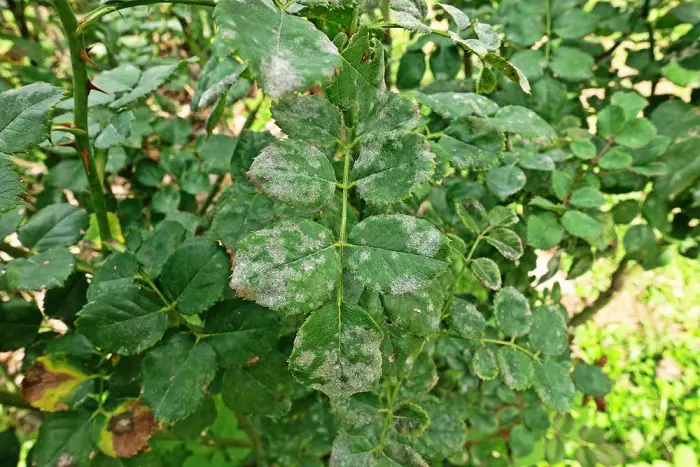
Botrytis Bane. When you happen to meet grey fungal spores grade on the leaves and flowers of your gerbera plants, then know that they are nether botrytis blight set on. Botrytis blight is common during rainy, common cold weather, and it thrives in similar atmospheric condition as powdery mildew.
To prevent the affliction, guaranteeing ideal soil aeration and adequate wet in the soil ensures that the disease is kept at bay. You can exercise this by effectively mulching the plants. In botrytis blight infestation, however, Daconil fungicides can remedy the effects of botrytis bane.
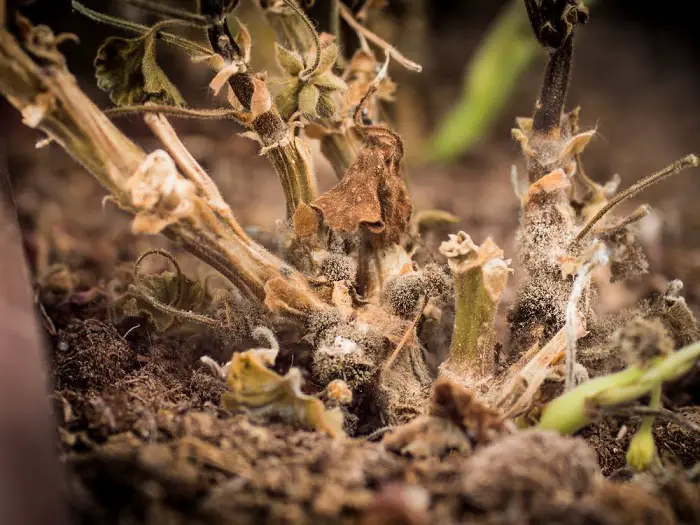
Black Root Rot. This disease eats into the found's roots and manifests itself in yellow leaves and black rushes that appear at the base of the stalk of gerbera daisy. Practiced drainage, achieved through mulching, prevents black root rot invasion.
Too, an ideal spacing between 18-24 inches between plants reduces the spread of black root rot. In the event of astringent black root rot invasion, however, uprooting the infected plants is an selection that you should explore.
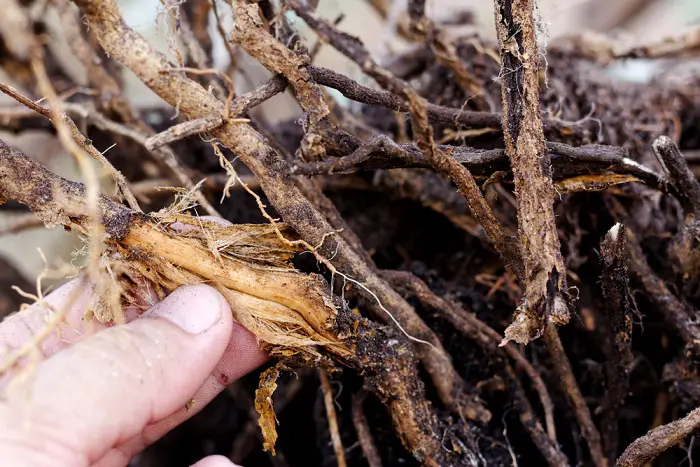
With the agreement that gerbera daisy is a climate-sensitive plant and that information technology thrives only in specific weather, we tin can then piece of work for the plant to provide these conditions and ensure that it blooms.
Providing these weather is the primal to achieving this objective. First, the soil where gerbera daisy is to be planted must be acceptable moisture and well aerated. And so a good formula of commercial nutrients that targets specific parts of the plants must be mixed and used appropriately.
Besides, the procedure of deadheading gerbera daisy ensures that the plants bandbox upwardly more flowers, the stems grow longer, and the found stays good for you more often than not. Lastly, preventing illness and remedying affliction infestation guarantees blooming gerbera plants.
Did you observe this post useful? Would you like to become back to information technology later? Salvage THIS PIN below to your gardening and flowers board on Pinterest! 🙂

gordoninitime1973.blogspot.com
Source: https://www.amazevegegarden.com/how-to-get-gerbera-daisies-to-bloom/
0 Response to "How to Get Gerbera Daisies to Bloom Again"
Postar um comentário